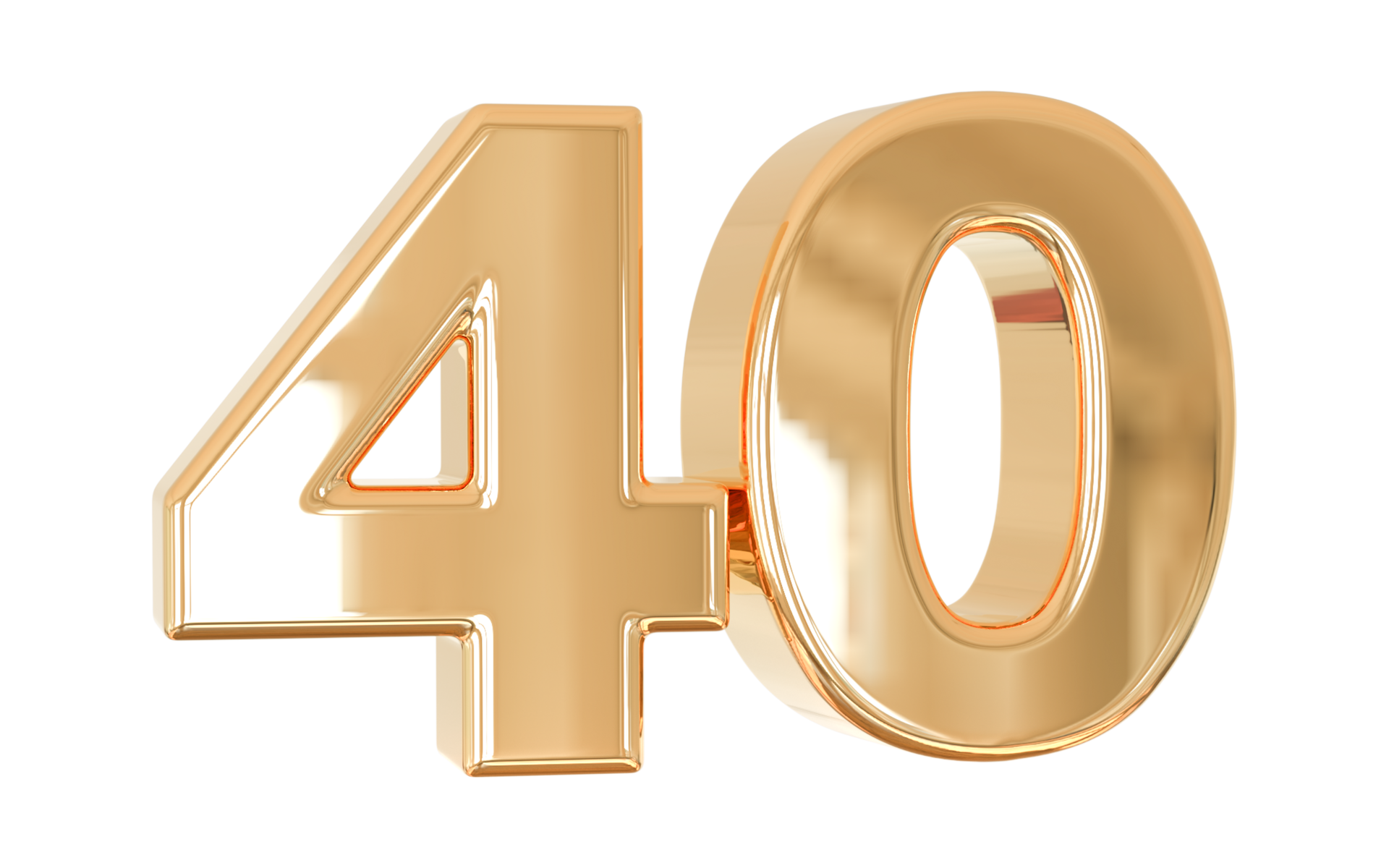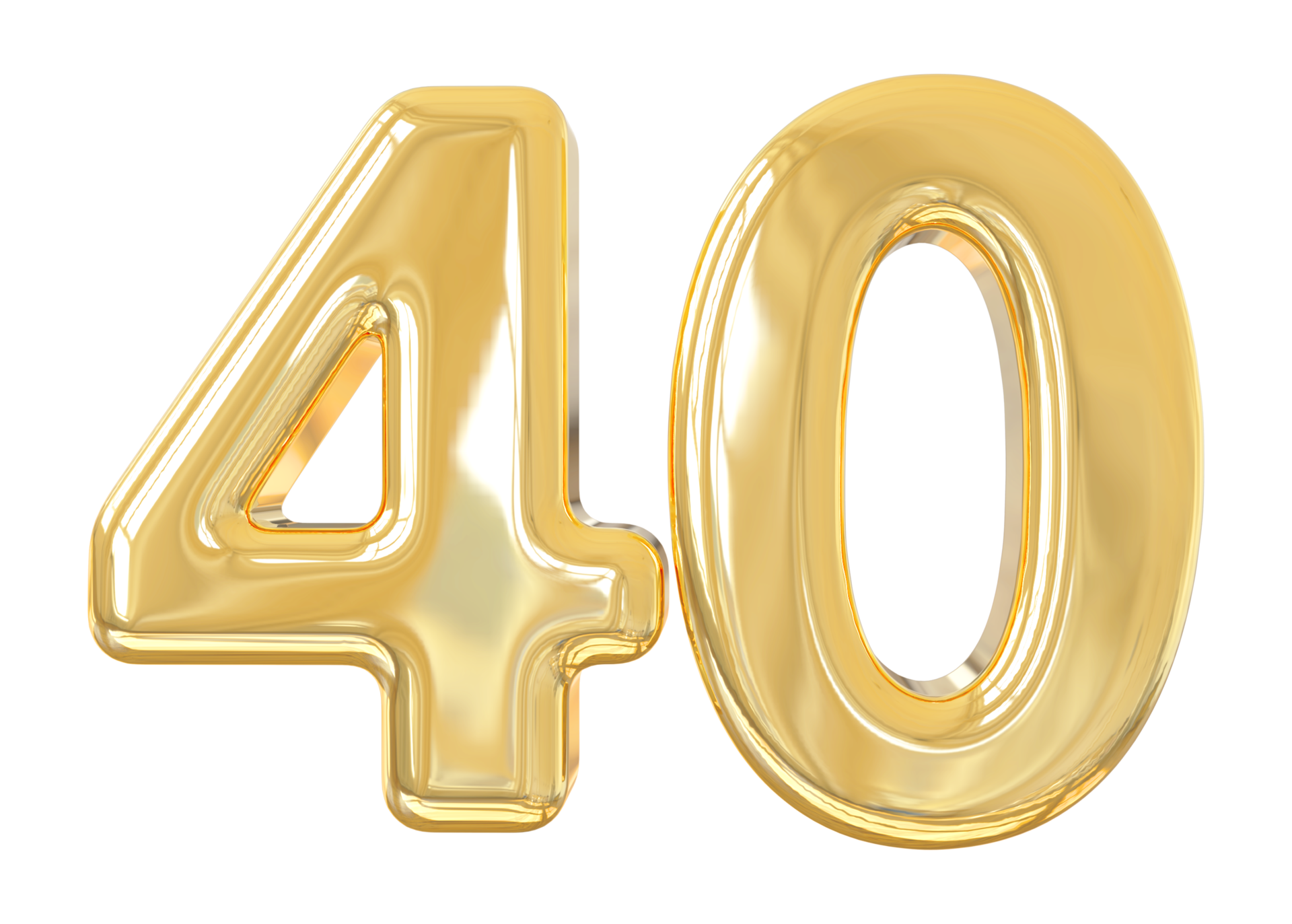AI-Generated Article
This content has been automatically generated using artificial intelligence technology. While we strive for accuracy, please verify important information independently.
Learning the basics of English numbers is something that really matters for anyone starting out with the language. This is true for all numbers, and you know, like, the number forty in English, or "inglés 40," is just one piece of that bigger picture. Knowing how to say and recognize numbers helps with so many daily things, whether you are talking about ages, dates, or even simple counts. It's a fundamental step that makes other parts of speaking English much smoother, honestly.
The simple act of getting familiar with numbers from one to one hundred, for example, forms a very strong base for communication. These simple building blocks are, you could say, pretty much everywhere English is spoken, and that is a lot of places around the whole wide world. It's about being able to express quantities and understand information that often comes with numerical details, so it's almost a universal need.
This kind of foundational knowledge is what makes a big difference when you are trying to make sense of things written or spoken in English. You see numbers pop up in all sorts of places, from official county website messages that tell you about leaving a site, to notes about people's ages in life stories, or even in details about school events. Knowing "inglés 40" means you are one step closer to making sense of it all, and stuff, really.
Table of Contents
- Why Do Numbers Matter for Inglés 40 and More?
- How Can We Pick Up Inglés 40 and Other Figures?
- What Tools Help with Inglés 40 and Word Meanings?
- Inglés 40 - Numbers in Different Settings
Why Do Numbers Matter for Inglés 40 and More?
Numbers are a big part of how we communicate, no matter the language. When it comes to English, knowing your numbers, like "inglés 40," is just as important as knowing your basic words or how to put sentences together. Think about it: you use numbers to tell time, to give your age, to talk about money, or to share dates. Without a good grip on numbers, a lot of simple conversations can get quite difficult, you know.
For someone learning English, getting comfortable with numbers from one to one hundred is a really big deal. These numbers pop up everywhere, from casual chats to more serious situations. Being able to hear "forty" and know what it means, or to say "forty" yourself, makes a huge difference in how well you can connect with others and understand information. It's a foundational skill, as a matter of fact, that supports a lot of other learning.
Consider how often numbers appear in everyday talk and written materials. You might hear about Robert Donelson being in his "18th season" on a roster, or read about someone's age, like "age 65" or "age 59," in a life story. These are just a few examples where numbers give important details. So, understanding "inglés 40" and other numbers helps you make sense of these kinds of details, too it's almost like a secret code.
Understanding Inglés 40 as a Base
When we talk about "inglés 40," we are really talking about the number forty in English. This specific number is part of the larger group of numbers from one to one hundred that are considered very important for English learners. These numbers are the ones you pick up first, and they serve as a base for bigger numbers later on. It's like building a house; you need a strong foundation, and these numbers are that foundation, in a way.
Getting a handle on numbers like "inglés 40" means you can start to understand things like dates for events, for instance, Summerville High School seniors graduated in "2022," or a shooting incident happened in "August 2023." These are all numerical facts that help paint a picture. Without knowing the numbers, these facts would just be a jumble of sounds or symbols, you see.
Knowing "inglés 40" also means you can work with numbers that have decimals, or even convert numbers into words. There are tools that can help with this, which we will talk about later. But the basic idea is that "inglés 40" is not just a single number; it represents a key part of numerical fluency in English, which is pretty much essential, honestly.
How Can We Pick Up Inglés 40 and Other Figures?
Learning numbers in a new language, like English, can feel like a small challenge at first, but there are many simple ways to go about it. You can listen to how people say numbers, repeat them yourself, and try to use them in your own talk. It is a process of getting used to the sounds and the way numbers are put together in English, and you know, that takes a little bit of practice.
One good way to learn numbers, including "inglés 40," is to practice counting out loud. Start from one and go up to one hundred. Do this often, maybe while you are walking or doing chores. This helps your mouth get used to making the sounds and your mind get used to recognizing the sequence. It's a very straightforward method that many people find helpful, so.
You can also try to link numbers to things you see every day. For example, if you see "40" on a sign, try to say "forty" in English. If you are reading about Robert Donelson and his "18th season," think "eighteenth." This kind of linking makes the numbers feel more real and less like abstract ideas. It is a simple trick that can make a big difference, really.
Ways to Practice Inglés 40
There are many interactive ways to practice "inglés 40" and other English numbers. Some learning resources offer video lessons and articles that focus on different parts of English, including numbers, adjectives, verbs, and the alphabet. These types of materials often have exercises that let you hear the numbers and then practice saying them, which is quite helpful, in some respects.
You might find online tools that let you convert numbers into words. For example, if you type in "40," it will show you "forty." This is a great way to check your understanding and to see how any number, with or without decimal points, looks when written out in English. This kind of tool is very useful for getting a clearer picture of "inglés 40" in its written form, as a matter of fact.
Playing simple games can also help. Maybe you can count items around your home in English, or ask a friend to give you numbers to say out loud. Even something like counting the steps you take up a staircase, saying "one, two, three..." all the way to "forty" or beyond, can be a fun way to get better at it. It is about making the learning active and a bit more playful, you know, just a little.
What Tools Help with Inglés 40 and Word Meanings?
In today's world, there are many tools that can give you a hand with learning English, especially when it comes to understanding numbers like "inglés 40" and the meanings of words. These tools can translate text, whole files, or even help you figure out how a number sounds when spoken. They are pretty much available to anyone with an internet connection, you see.
One very popular tool is Google Translate. It is a free service that can take words, phrases, and even entire web pages and change them into more than a hundred different languages. So, if you see a number like "40" in a sentence and are not sure what it means, you can put the sentence into Google Translate to get a quick idea. This helps you grasp "inglés 40" within its actual setting, basically.
Another tool that many people use is DeepL. Millions of people use it every day for their translations. It is known for giving very precise translations for both individuals and work teams. So, if you need to be really sure about how "inglés 40" is used in a particular document, or how it should be written out, DeepL can be a helpful resource. It is a good option for getting accurate meanings, too it's almost like having a personal language helper.
Getting Support for Inglés 40 Translations
Beyond general translators, there are also tools that are specifically made to convert numbers into words in English. These are very handy if you are trying to write out a number like "inglés 40" in a formal document or just want to confirm its spelling. You put in the number, and the tool gives you the English word for it, which is pretty neat, honestly.
For example, if you need to write out the number "40" for a report or a form, a number-to-word converter can show you that it is "forty." This is especially useful for bigger numbers or those with decimals, where the spelling might be a bit trickier. These converters take away the guesswork and help you feel more sure about your English writing, so.
These kinds of tools work well alongside interactive lessons that teach you about numbers, verbs, adjectives, and the alphabet in English. They give you a way to practice what you learn and to check your work. Having access to quick, reliable translation and conversion tools means you can keep moving forward with your English learning, always having a way to get answers about "ing
🖼️ Related Images



Quick AI Summary
This AI-generated article covers Inglés 40 - Getting Familiar With English Numbers with comprehensive insights and detailed analysis. The content is designed to provide valuable information while maintaining readability and engagement.
Meta Schuppe
✍️ Article Author
👨💻 Meta Schuppe is a passionate writer and content creator who specializes in creating engaging and informative articles. With expertise in various topics, they bring valuable insights and practical knowledge to every piece of content.
📬 Follow Meta Schuppe
Stay updated with the latest articles and insights